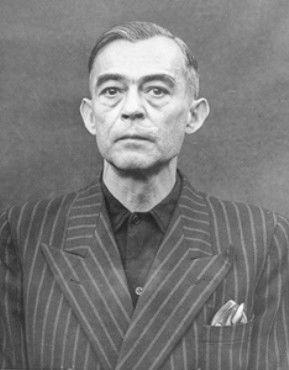On 3 September 1946, US President Harry S. Truman approved operation “Paperclip” to attract German scientists to the USA and prevent them from moving to the USSR. However, the recruitment and transfer of scientists from Germany to the United States had begun much earlier, and Truman’s order specifically clarified that those who had been “an actual member of the Nazi Party and was more than a formal participant of its activities or actively supported Nazi militarism” be excluded from recruitment.
According to the said restrictions, most scientists were to be considered unfit. Rocket builders Wernher von Braun, Arthur Rudolf, and physicist Hubertus Strughold were among them, each of them was previously recognised as “a threat to the security of the allied forces”.
In order to circumvent President Truman’s orders, as well as the Potsdam and Yalta agreements, the United States intelligence agencies had to falsify the biographies of numerous German scientists and specialists who had been taken to America, remove all information about their membership in the NSDAP, and about their activities from their personal files. Many of the scientists conducted experiments with radiation, oxygen starvation, and other inhumane things on prisoners of concentration camps. Kurt Blome, for example, tested anti-plague vaccines on prisoners and Walther Schreiber tested bacterial weapons. Within the framework of operation “Paperclip” 1,800 specialists and 3,700 members of their families were transported to the USA.
Source:
Christopher Simpson. Blowback: America’s Recruitment of Nazis and Its Effects on the Cold War (New York: Weidenfeld & Nicolson, 1988)
























